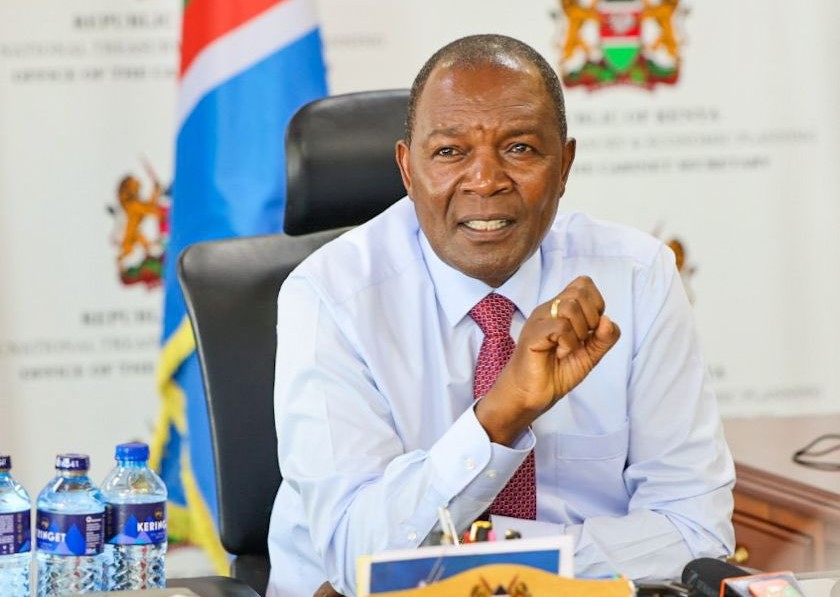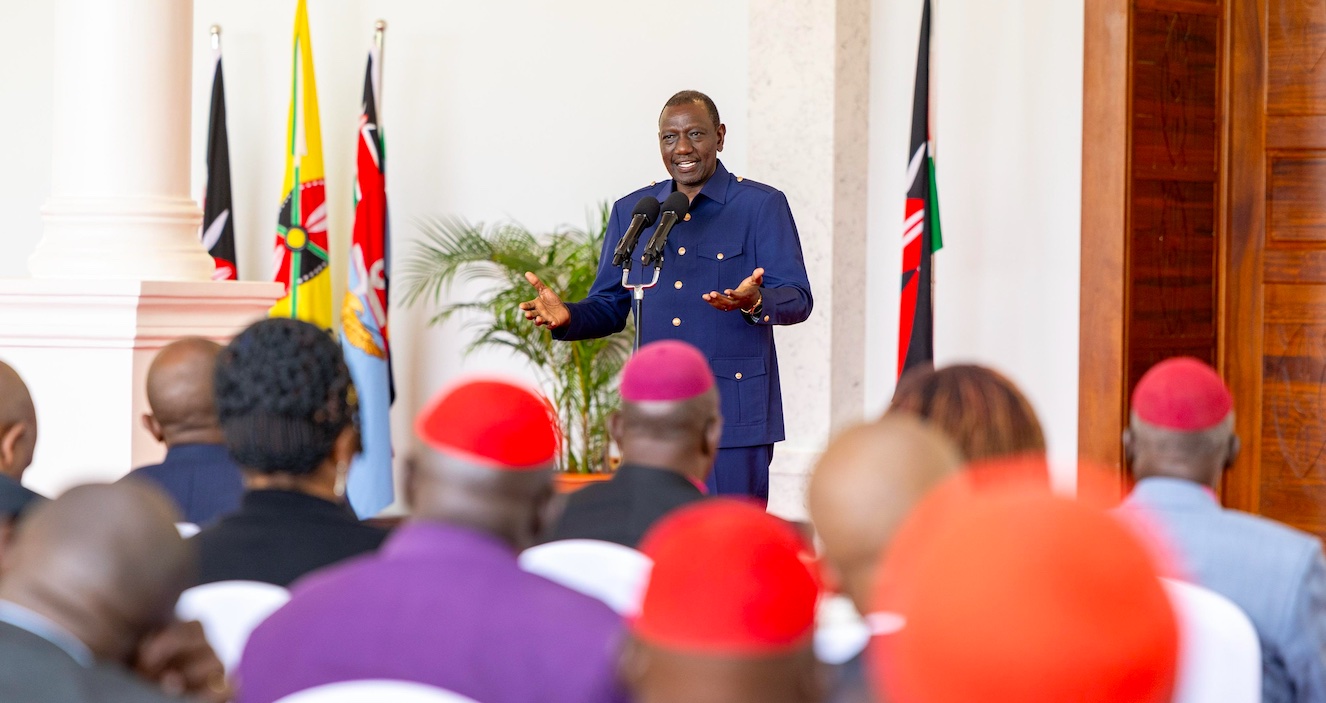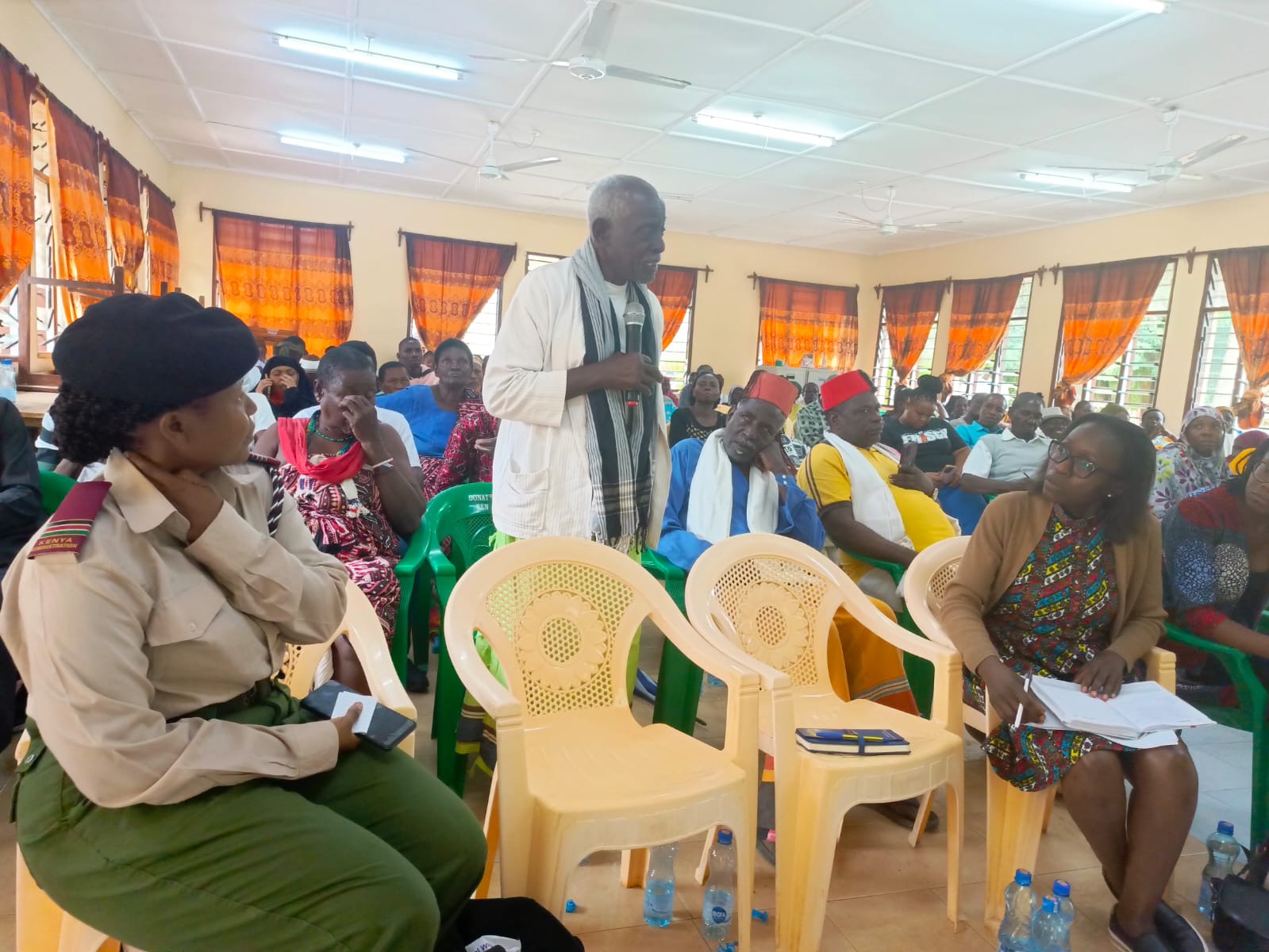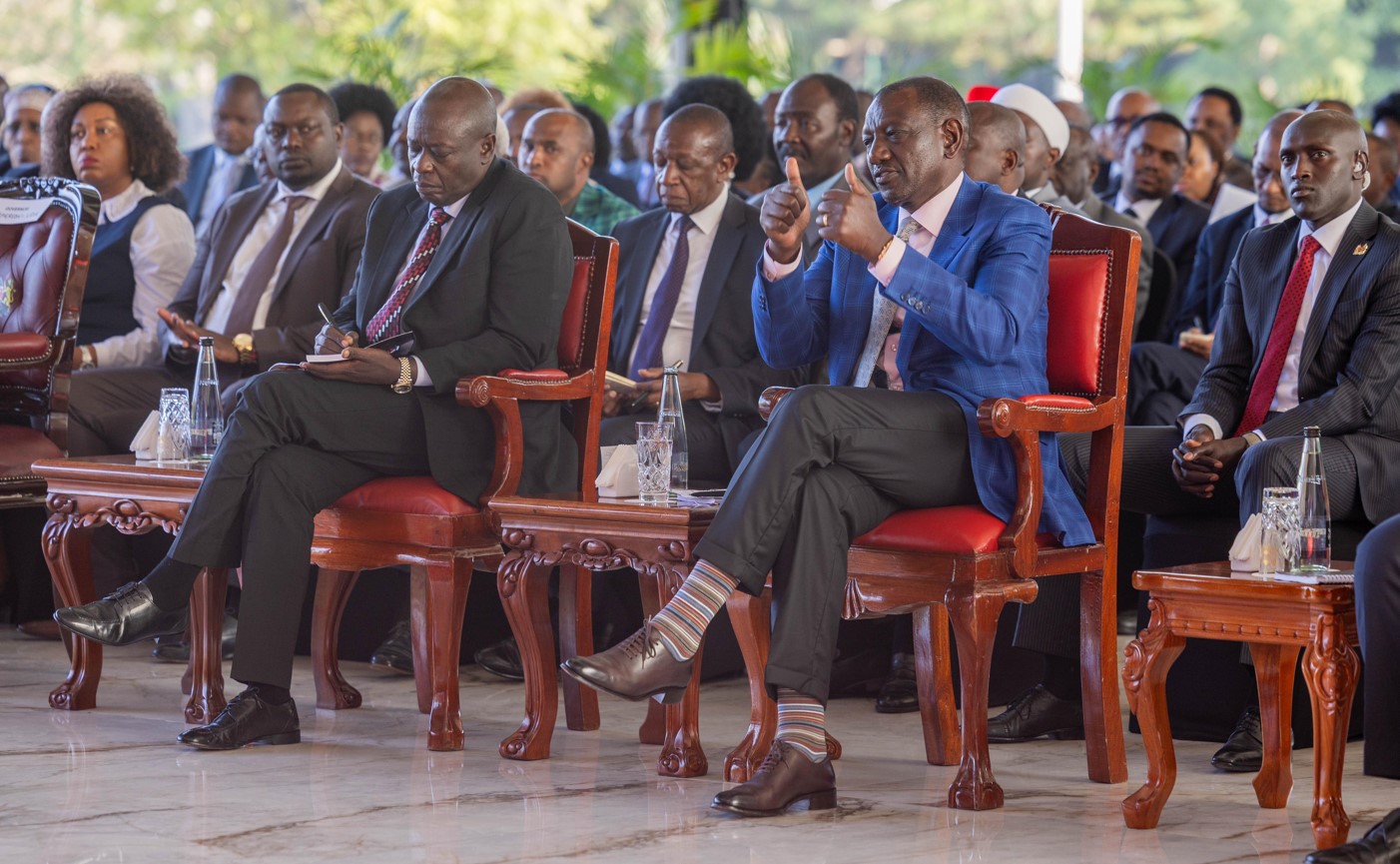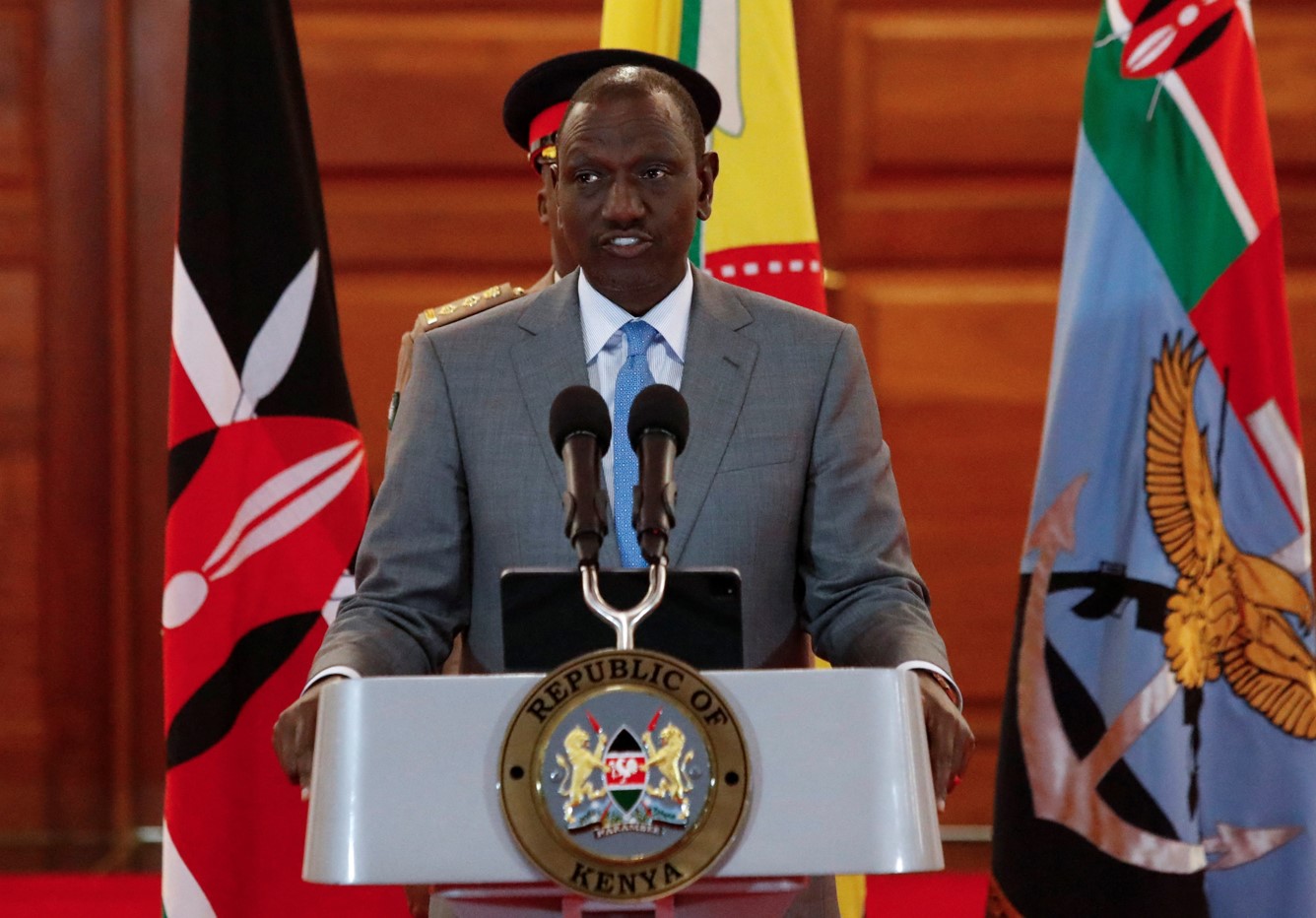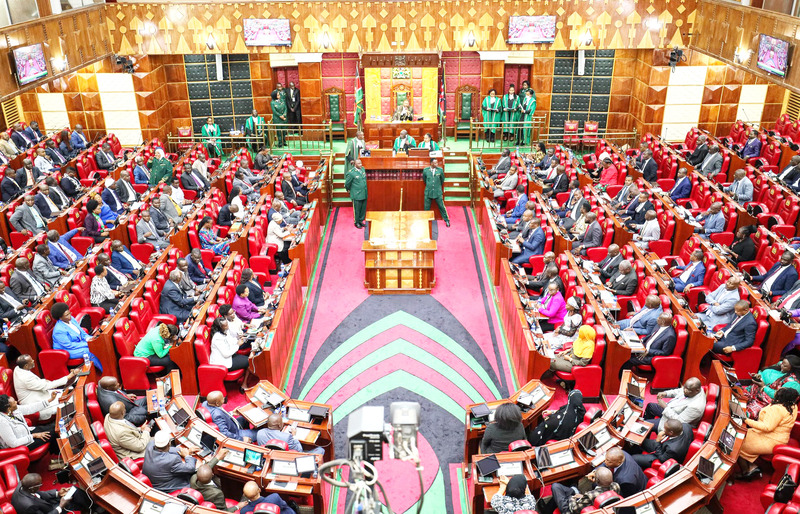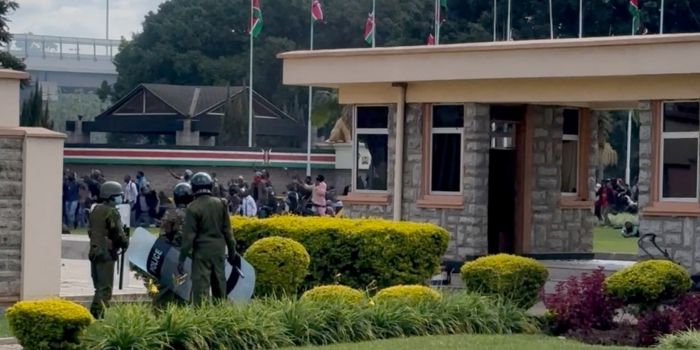Garissa pastoralist communities embrace wildlife conservation
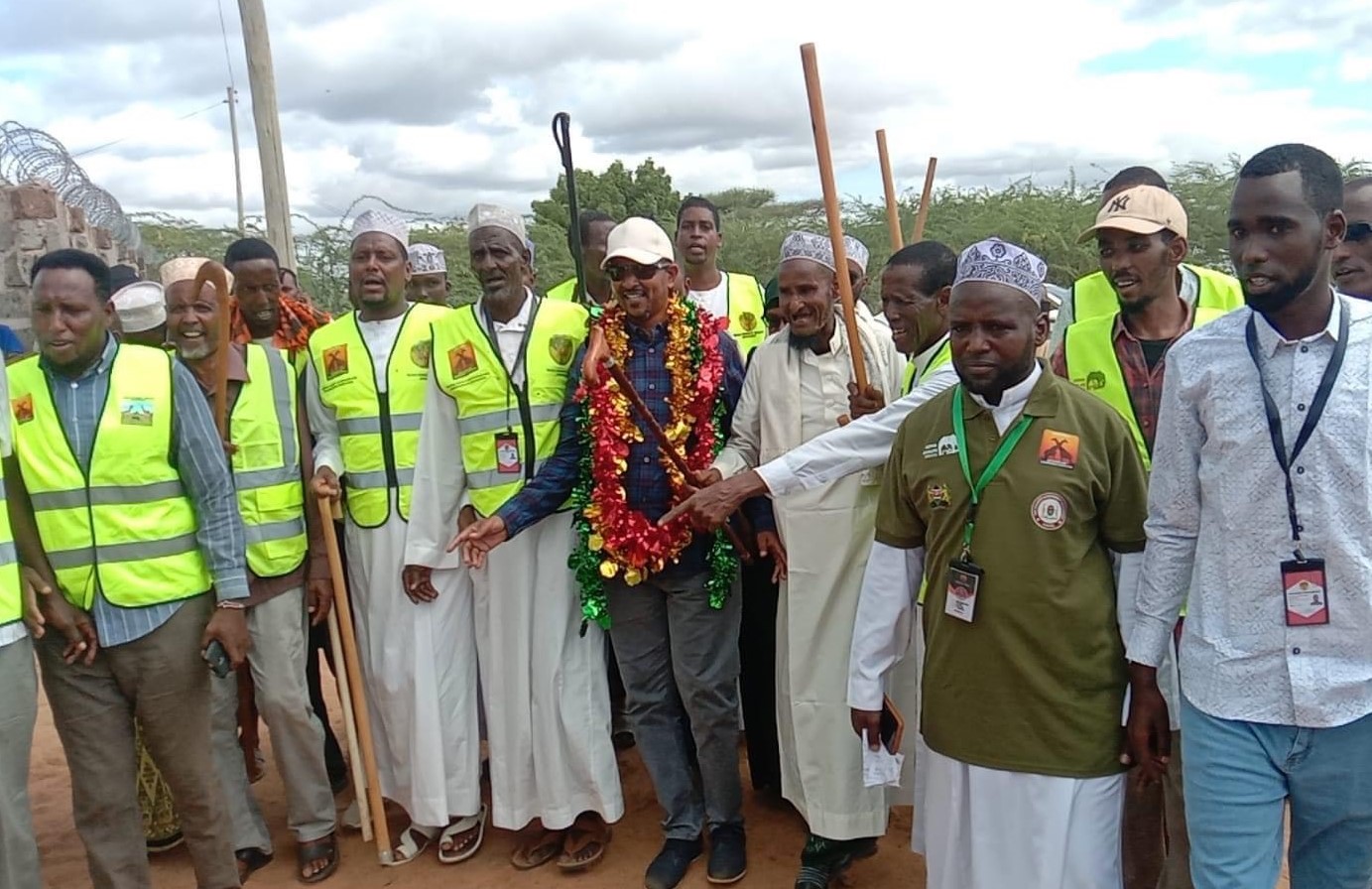
By Issa Hussein |
Community scouts conduct patrols at the sanctuary to protect the endangered Somali giraffe that faces extinction.
Musa Abdullahi, a team leader for the new Libahle community conservancy, leads his team on a foot patrol every morning to conserve wildlife in Korakora, Garissa Township sub-county.
He is one of many local community youngsters in Garissa County who have formed a conservancy group to safeguard wildlife and attract domestic and international tourists.
Keep reading
Libahle Community Conservancy is one of the 20 newly established conservancy groups in Garissa County established by pastoralist communities seeking substitute resources due to the harsh weather.
“We tried farming but the endless River Tana floods have destroyed our crops annually. Livestock farming is also facing cycles of drought, it's time to change the game and introduce the newly unexploited sector of tourism in Garissa,” said Musa.
The community Conservancy groups recently gathered and formed an umbrella body to promote and market their emerging conservancy groups.
Garissa County Ecotourism Conservation Association (GECA) was launched in May 2024, in Garissa town with the affiliation of the 20 Community Conservancy groups across the six sub-counties in the county.
Abdi Ibrahim, the association's chairman said due to climate change challenges the locals have decided to venture into tourism as the new front that will protect natural resources, reduce human-wildlife conflict, promote halal tourism, and create opportunities for many unemployed youths.
“We are endowed with diverse natural resources that are untapped, tourism is not popular in North Eastern region despite being one of the largest and fastest growing economic sectors in Kenya and globally,” he claimed.
Compared to other counties in the ASAL regions, he underlined why pastoralists in Garissa County were now supporting wildlife conservation.
He said that although the locals took great pride in their long-standing belief that raising livestock was the only viable way to combat poverty, climate change was proving them wrong and it was now necessary to seek alternative livelihood options in line with other pastoralist communities in Kenya.
“The Somali Giraffe, the Somali Ostrich, Gravy zebra, and Hirola antelope are some of the unique species that require protection through the conservancy groups and have the potential to attract tourists,” he stated.
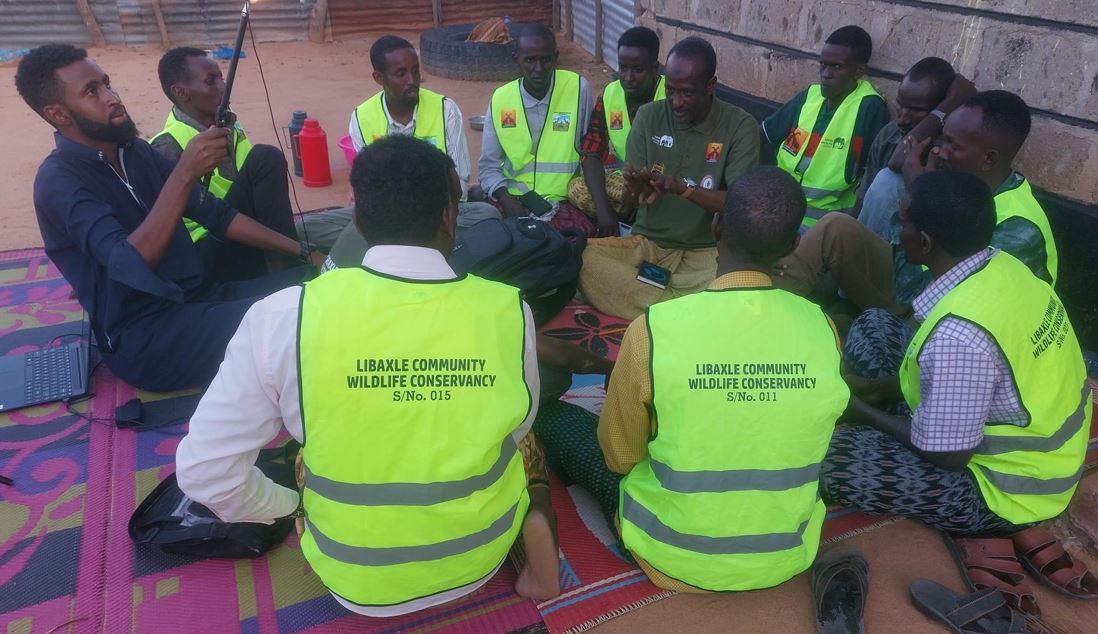 Libahle Community Conservancy group engaged in a meeting after conducting a foot patrol In Garissa County. (Photo: Issa Husseinn)
Libahle Community Conservancy group engaged in a meeting after conducting a foot patrol In Garissa County. (Photo: Issa Husseinn)
According to Hassan Affey, Secretary of GECA, in addition to bird and wildlife species, they have found several sites in River Tana where travellers can see Hippos and Crocodiles.
“We also have rich cultural heritage including Somali artefacts, traditional hero huts, and cultural dances that can attract tourists in the region,” he said.
He further mentioned an ongoing county project to construct modern hotel and lodging facilities at Bour-Algi Community Giraffe Sanctuary in Garissa Township Sub-County would also boost tourism in the region.
Community scouts dressed in green uniforms conduct patrols at the sanctuary to protect the endangered Somali giraffe that faces extinction due to poaching and drought at the community giraffe sanctuary.
Mohamud Garat, the sanctuary's manager, stated that the refuge was formed in 1995 as giraffes were drawn to the area's abundance of acacia trees, resulting in human-wildlife conflict.
“The pastoralist community considered the giraffe as a competitor due to the dwindling pasture as a result of the prolonged drought, resulting in the creation of self-help groups supported by a non-governmental organisation Terra Nouva and the government's Arid Lands Resource Management Project, and our efforts are still appreciated today,” he said.
According to Mohamud, the sanctuary covers an area of 125 km with currently estimated 770 endangered Somali giraffe species.
 Giraffes at the Bour-Algi Community Giraffe Sanctuary. (Photo: Issa Hussein)
Giraffes at the Bour-Algi Community Giraffe Sanctuary. (Photo: Issa Hussein)
Two months ago, two individuals were caught trafficking giraffe meat after killing it in the forest along the River Tana.
“We have encountered several cases and we made arrests with the help of the Kenya Wildlife Service officers,” he revealed.
Giraffes close to refugee camps have been facing threats, as they are hunted and their meat sold to unsuspecting refugees. The unarmed community scouts have to battle poachers armed with poisoned arrows as they try to protect the giraffes.
Mohamud called for support to help have vehicles and motorbikes that would help them intensify their patrols since they were currently undertaking foot patrols in the vast sanctuary.
Hassan Sheikh Ali, the founder of the Arawale Hirola Wildlife Community in Bura East of Fafi constituency, believes that the merger of various conservancy groups and the newly formed association is making his long-held dream of the region entering the tourism sector a reality.
He began his conservation campaign in the early 1990s when no one had ever considered such a notion in Garissa County.
“After completing my primary education and having no school fees for further education, I got the passion to protect the local wildlife,” he said.
Hassan garnered community recognition in 1996 when he sued Kenya Wildlife Service (KWS) to halt the translocation of the rare and endangered hirola antelope from Garissa County's Arawale Game Reserve to Tsavo National Park.
With the help of local community leaders, he managed to block the translocation after KWS already translocated 11 hirola antelopes and was preparing to move more.
According to Hassan, the number of hirola antelopes in their natural environment decreased from 14,000 in 1976 to 2000 in 1993, with only 350 remaining in 1996.
He claimed that KWS attributed the decline to the war in Somalia where the hirola sometimes migrated.
“The animal needed protection at the time. They wanted to rob us of our very natural resources,” he stated in an interview with The Eastleigh Voice.
He earned a presidential award of the Head of State Commendation for his efforts in conservation.
Mulki Dekow, the Garissa County Director for Environment and Tourism, stated that the sector has a lot of untapped potential.
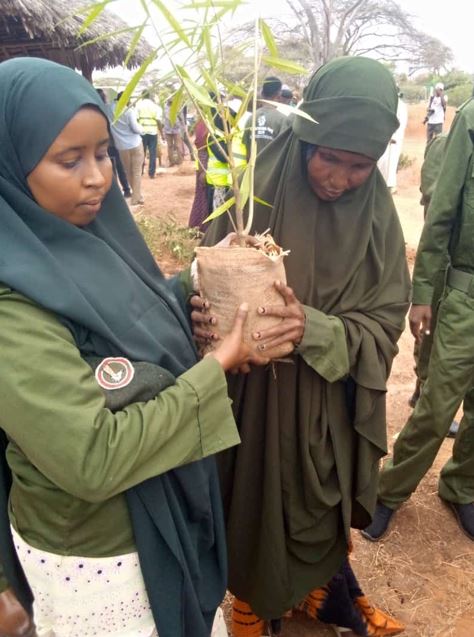 Girls scout at the Bour-Algi Giraffe Sanctuary during a tree planting exercise. (Photo: Issa Hussein)
Girls scout at the Bour-Algi Giraffe Sanctuary during a tree planting exercise. (Photo: Issa Hussein)
“The community conservancy land will help to protect these areas against destructive human activities,” she noted.
Garissa Township legislator Rtd Major Dekow M Barrow also encouraged the community to embrace the conservancy initiative to open greater opportunities for the unemployed youth.
He promised to support the initiative through the constituency funds and help market the local conservancies to attract tourists.



